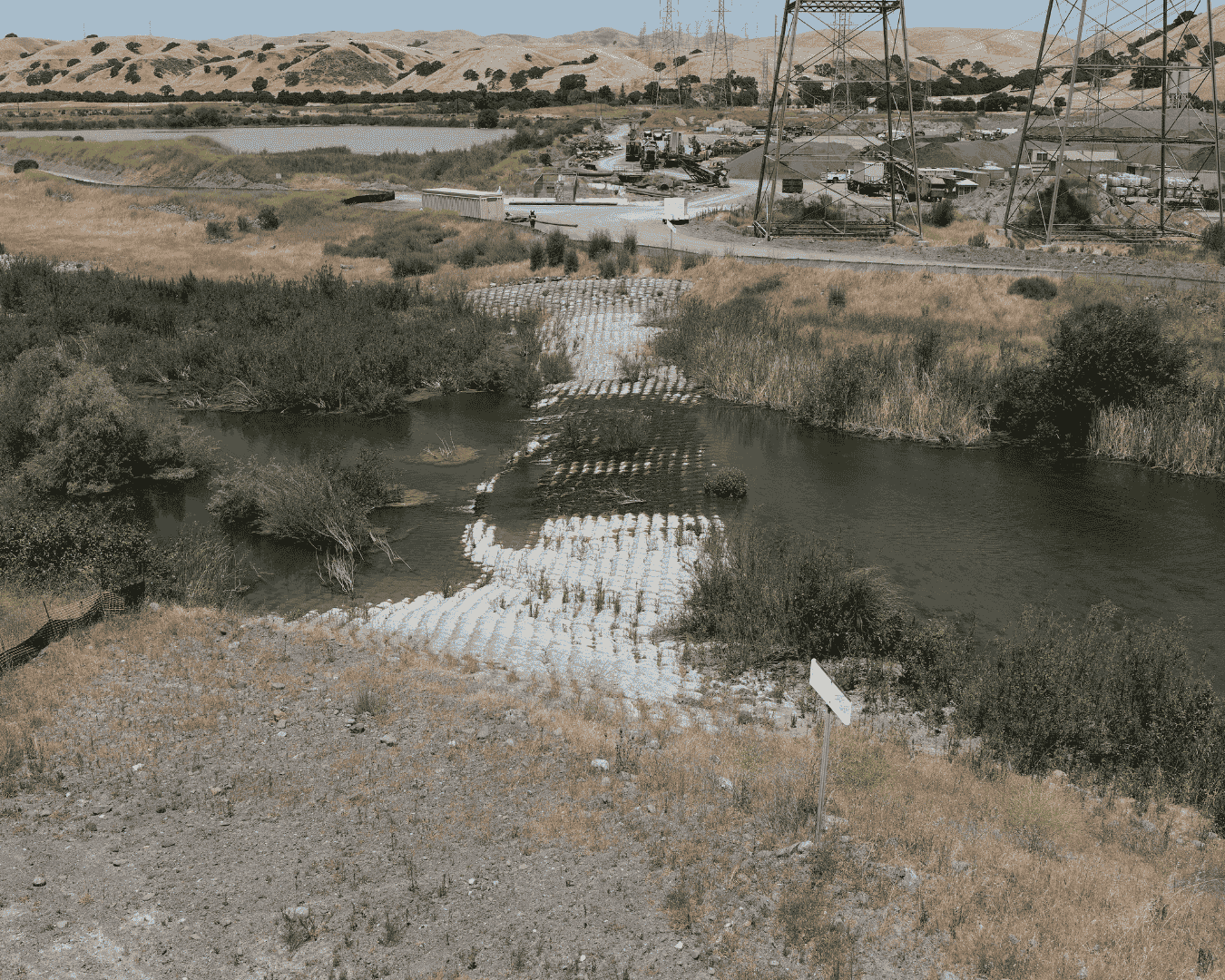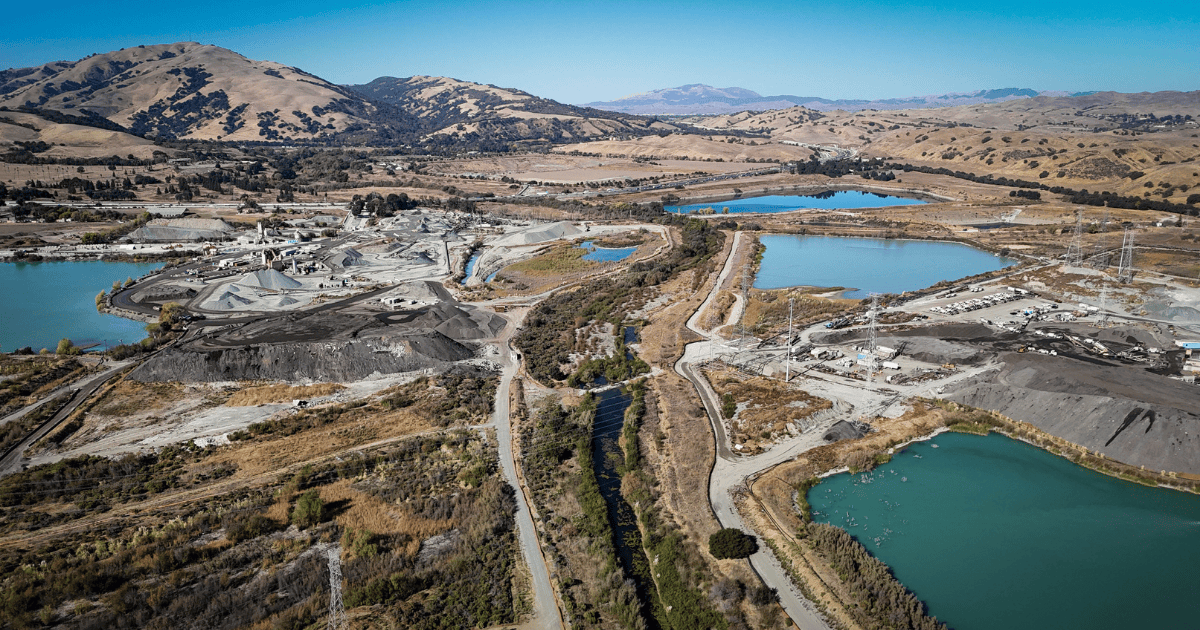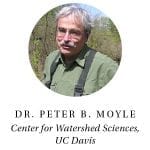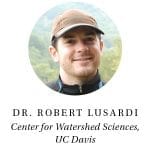CalTrout and PG&E Kick Off Construction on Alameda Creek Fish Passage Project
FOR IMMEDIATE RELEASE: June 16, 2025
Contact: Kara Glenwright, CalTrout Senior Comms Manager – 714-794-4986, kglenwright@caltrout.org
Tamar Sarkissian, PG&E Spokesperson – 415-973-5930, t1sj@pge.com
CalTrout and PG&E Kick Off Construction on Urban Bay Area Fish Passage Project
Lowered gas pipeline will make over 20 miles of mainstem Alameda Creek accessible to salmon and steelhead
Alameda County, CA – June 16, 2025 – California Trout (CalTrout) and Pacific Gas & Electric (PG&E) kicked off construction today on a project that will remove the last unnatural barrier to fish passage on mainstem Alameda Creek, the largest local tributary to the San Francisco Bay. Alameda Creek historically produced large numbers of California Coast Chinook salmon and Central California Coast steelhead in the South Bay, but today many of the Bay Area’s native fish are struggling and vulnerable to extinction if current trends persist. This project will open more than 20 miles of stream including quality spawning habitat in the upper watershed to Chinook salmon and steelhead with completion anticipated in winter 2025.
Alameda Creek flows from remote Packard Ridge in the Diablo Range east of San Jose, for more than 40 miles until it reaches the city of Fremont where the lower 12 miles of creek are corralled through a flood control channel into San Francisco Bay. The creek flows by and through hundreds of Bay Area residents’ backyards and is bisected by Highways 880 and 680, and paralleled by Highway 84. Over the past century, the watershed experienced intense urbanization including the construction of three major dams and reservoirs.
Until recently, the entire watershed was inaccessible to anadromous fish (besides lamprey which are able to sucker their way over some barriers). In 2022 and 2023, former barriers at the BART weir and inflatable bladder dams in Fremont, eight to ten miles upstream of where Alameda Creek enters the Bay, were made passable for fish due to newly constructed fish ladders by the Alameda County Water District and after years of advocacy by the Alameda Creek Alliance. The newly constructed fish ladders enabled Chinook salmon and steelhead to migrate through the lower creek into Niles Canyon and access parts of the upper Alameda Creek watershed for the first time in over fifty years. Soon, these fish will be able to consistently swim even further upstream.
“This is the next upstream barrier for fish and we’re ready to tackle it,” said Claire Buchanan, CalTrout Bay Area Region Senior Project Manager. “We’re only able to address this barrier today after decades of effort by so many different partners and even more individuals continuing to push for fish passage in Alameda Creek.”
The Alameda Creek Fisheries Restoration Workgroup, formed in1999, brought together water and land management agencies, regulatory agencies, the Alameda Creek Alliance (ACA), local fly-fishing groups, and nonprofits. The workgroup cooperatively started to address fish passage in the watershed from funding to permitting to implementation. Together, the group has implemented fish passage projects, including removing dams and constructing fish ladders, that remediated 17 former fish passage barriers throughout the watershed. These efforts were undertaken by workgroup members, including the San Francisco Public Utilities Commission (SFPUC). This latest project to restore fish passage is located on San Francisco Public Utilities Commission (SFPUC) property in Sunol Valley where the agency previously removed the Sunol and Niles dams and built a fish ladder further upstream at the Alameda Creek Diversion Dam.


The current remaining barrier is created by a major gas pipeline in Sunol Valley upstream (or south) of the Interstate 680 overpass. Owned by PG&E, the pipeline is covered in a protective layer of concrete, known as an erosion control mat, which protrudes up into the creek. This makes the creek impassable to fish during most stream flows. During wet winters, flows are high enough to pass fish, but as California’s cycle of drought and deluge continues, resolving this last barrier to fish passage will ensure fish access upstream and downstream, regardless of species, life stage or size, and whether it’s a wet or dry year.
"We're pleased to be part of this historic effort to restore steelhead trout and Chinook salmon to Sunol Valley. Being good stewards of the environment is one of our priorities as a company, making this a natural fit for PG&E," said Jake Zigelman, PG&E Vice President of the Bay Area Region. "We look forward to seeing the benefits of this significant work for generations to come”
To address this fish passage barrier, PG&E’s gas pipeline will be moved downstream approximately 100 feet and lowered about 20 feet beneath the creek bed. Burying the pipeline will remove the risk of erosion and the need for an erosion control mat. Once the pipeline is successfully relocated and the erosion control mat is removed, the channel will be regraded and revegetated with native plants.
“PG&E is excited to part of this important partnership with CalTrout to get this project completed,” said Kelvin Qiu, PG&E Senior Project Manager. “We are looking forward to a successful construction completion in 2025.”
The channel restoration design plans were developed by Applied River Sciences. The pipeline lowering plans were developed by PG&E. Construction will be conducted by Hanford ARC and Michels Corp, PG&E’s contractors. Local firm Sequoia Ecological will be providing the biological resources support, while Stantec Inc. is providing cultural resources support for the project. The project is being cost-shared by PG&E, NOAA Fisheries via federal grant funds, and a private foundation.
“This project is only possible after over a decade of advocacy and planning by PG&E, Applied River Sciences, SFPUC, ACA, and others,” Buchanan said. “When this project is complete, fish will have unimpeded access into the highest quality habitat remaining in the watershed in and upstream of Sunol Regional Wilderness. These fish will have traveled all the way from the ocean and ended up in the Bay Area’s backyard. It’s remarkable to think about it let alone to watch it happen.”
For more information about the Sunol Valley Fish Passage Project, please visit https://caltrout.org/projects/sunol-valley-fish-passage-project-alameda-creek.
About California Trout
California Trout is a nonprofit conservation organization dedicated to revitalizing waters for resilient wild fish and a better California. Through science-based advocacy, restoration, and community engagement, CalTrout has been working to protect and restore the state’s freshwater ecosystems for fish and people alike for over 50 years.
###





